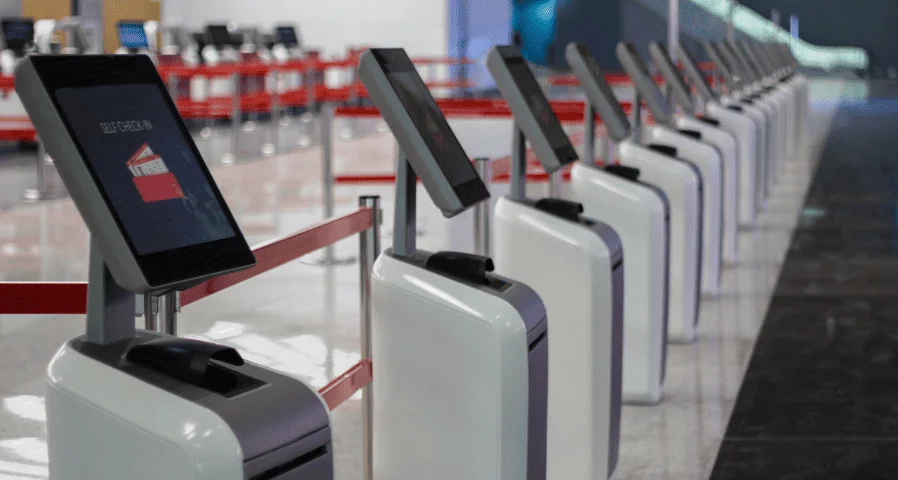Daylighting Controls & Daylight Savings: Optimizing Natural Light Through the…
Studies have shown that natural lighting has proven to improve workplaces by helping employees be more…

Digital signage has become an essential tool for businesses, events, and public spaces. A well-executed digital signage installation can capture attention, deliver messages clearly, and enhance the overall environment. However, while content and screen placement often receive the most focus, one critical factor is frequently overlooked: signage cable management. Poorly handled cables can compromise both safety and aesthetics, turning even the most sophisticated setup into a liability.
The foundation of effective digital signage begins with professional installation. Proper mounting, secure connections, and compliance with safety standards all ensure that displays operate reliably and look visually seamless. An improperly installed screen poses real risks, from instability that can damage the equipment to hazards that can impact staff and visitors. Installation best practices prioritize not only visual impact but also durability and safety.
Cables are essential for power, data, and video transmission, but when left unmanaged, they quickly become a problem. Without structured cable management, even the best-planned digital signage installation can be undermined. The most common issues include:
Ultimately, failing to manage cables properly can reduce the lifespan of the signage system and lead to higher long-term costs.
To protect both the installation and the people around it, effective cable management should be a standard part of every project. Key practices include:
By treating signage cable management as a design priority instead of an afterthought, businesses can improve both the performance and appearance of their systems.
While wireless solutions continue to advance, cables remain the most reliable method of powering and connecting digital signage. Properly managed, they provide peace of mind and long-term stability. Ignoring them, on the other hand, can create safety risks, downtime, and a poor customer impression. Proactively maintaining and inspecting your digital sign and its cables will help ensure its life and quality.
Digital signage installation should be done in a safe and reliable way to create a visually polished system that serves their purpose effectively. Signage cable management plays a vital role in this process. By addressing cable organization from the start, businesses can avoid hazards, reduce maintenance challenges, and present a professional image that matches the power of their digital content. Click here to read the full article, originally published September 25, 2025, by Invidis.